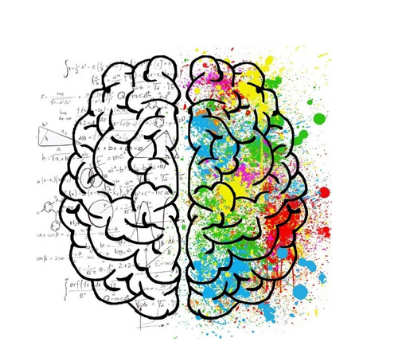Sensory Processing Disorder And Autism
Sensory Processing Disorder (SPD) and Autism Spectrum Disorder (ASD) are two distinct but sometimes overlapping conditions that affect individuals in different ways. Each of them have their own unique blueprints and symptoms profiles, but also share many potential connections.
Sensory Processing Disorder (SPD)
- Definition: SPD is a condition in which the brain has difficulty receiving and responding to information that comes through the senses. This can include sensory input from sight, sound, touch, taste, and smell.
- Symptoms: Individuals with SPD may be over-sensitive (hypersensitive) or under-sensitive (hyposensitive) to sensory stimuli. They might have strong reactions to certain sounds, textures, or lights, and their responses can interfere with daily functioning.
- Diagnosis and Treatment: Diagnosis is often made by occupational therapists who specialize in sensory integration. Treatment typically involves sensory integration therapy, which aims to help individuals better process and respond to sensory input.
Autism Spectrum Disorder (ASD):
- Definition: ASD is a neurodevelopmental disorder characterized by difficulties in social interaction and communication, as well as restricted and repetitive behaviors. It is a spectrum disorder, meaning that individuals with ASD can have a wide range of strengths and challenges.
- Sensory Issues in Autism: Many individuals with ASD also experience sensory processing difficulties. They may be hypersensitive or hyposensitive to certain stimuli, similar to individuals with SPD. Common sensory challenges in autism include sensitivities to noise, lights, textures, and smells.
- Overlap: Because sensory issues are a common feature in both SPD and ASD, there is often an overlap in symptoms. However, not everyone with SPD has autism, and not everyone with autism has SPD.
Overlap and Co-Occurrence:
- Co-Occurrence: It’s not uncommon for individuals with ASD to also have SPD. The sensory challenges experienced by individuals with autism can contribute to difficulties in social interactions and communication.
- Treatment Approaches: Many of the interventions used for sensory processing challenges in individuals with ASD are similar to those used for SPD. Occupational therapy, sensory integration therapy, and other strategies may be employed to help individuals manage and cope with sensory issues.
In summary, while SPD and ASD are distinct conditions, they can co-occur, and individuals with ASD often experience sensory processing challenges. Understanding and addressing sensory issues are important components of supporting individuals with autism, and interventions that focus on sensory processing may be beneficial for improving overall functioning and quality of life.
Relating to someone with Sensory Processing Disorder
Individuals with Sensory Processing Disorder (SPD) can have varying responses to sensory stimuli. Sensory processing challenges may make certain types of touch uncomfortable or overwhelming for some individuals with SPD. However, sensory experiences are highly individualized, and what one person finds challenging may may be a non-issue for another.
For some individuals with SPD, certain forms of human contact, such as cuddling or other types of touch, may be challenging due to hypersensitivity to tactile stimuli. They may find certain textures, pressures, or types of touch aversive or overwhelming. On the other hand, some individuals with SPD may seek out deep pressure, fluffy or soothing textures, or specific types of touch as a way to regulate their sensory system. This is known as seeking proprioceptive input, which can have a calming effect.


